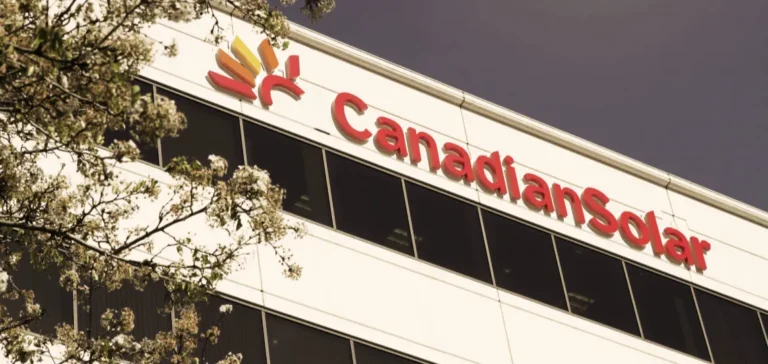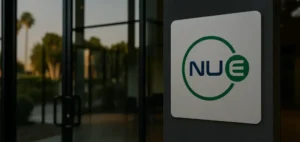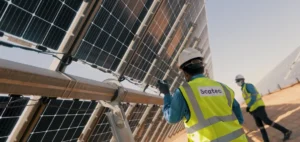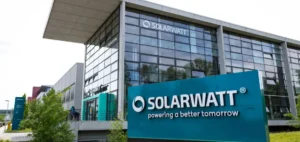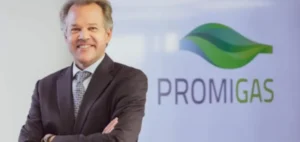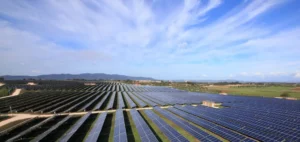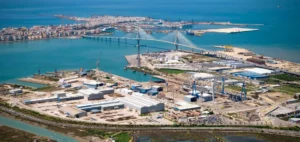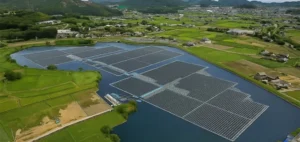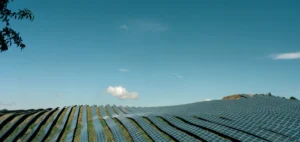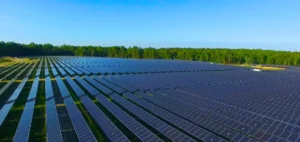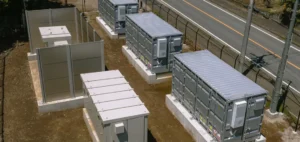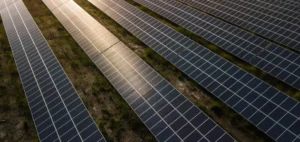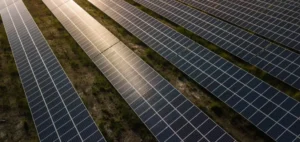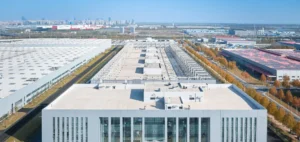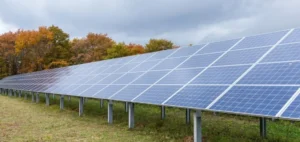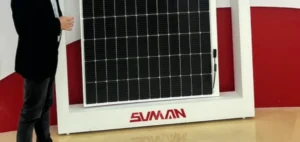Canadian Solar Inc. released its results for the second quarter of 2025, showing a contrast between improved margins and declining net income. Revenue reached $1.7 billion, up 42% from the previous quarter, supported by increased sales of solar modules and energy storage systems. Module shipments totaled 7.9 gigawatts (GW), a 14% sequential increase, including 672 megawatts (MW) for the company’s own utility-scale projects.
Gross margin stood at 29.8%, above the forecasted range of 23% to 25%. This increase was driven by the recognition of deferred revenue from a lease-type project sale in the United States, stronger contributions from higher-margin storage systems, and a favorable accounting adjustment related to U.S. anti-dumping and countervailing duties on solar imports.
One-time charges and delayed sales weigh on net income
Despite these positive indicators, net income attributable to shareholders totaled $7 million, resulting in a diluted net loss per share of $0.08 under U.S. Generally Accepted Accounting Principles (GAAP). This result was impacted by non-recurring charges of $378 million, compared to $195 million in the previous quarter. These included asset impairments related to certain manufacturing units and solar and storage projects.
Adjusted net income, excluding exceptional items, showed a net loss of $23 million, compared to $60 million in the previous quarter. This measure excludes adjustments under the Hypothetical Liquidation at Book Value (HLBV) method, which is used to allocate income or losses to tax equity investors.
Recurrent Energy and CSI Solar adjust their strategies
Subsidiary Recurrent Energy posted lower revenue due to a limited number of project sales, though more than 200 MW were monetized across Europe and Japan. The first energy storage project sale in Italy yielded positive returns, while a Latin American project sale was deferred to the second half of the year.
CSI Solar, another subsidiary, reached the upper end of its guidance for photovoltaic module shipments, despite tariff-related headwinds. The e-STORAGE segment delivered one of its strongest quarters. However, the company expects margin pressure in the second half of the year, driven by rising prices across the solar supply chain and the normalization of storage margins.
Cash flow improves despite rising debt
Cash flow from operating activities reached $189 million, compared to negative flows of $264 million in the previous quarter. This improvement was mainly due to inventory reductions. The company ended the period with a cash balance of $2.3 billion.
Total debt rose to $6.3 billion from $5.7 billion three months earlier. This increase resulted from new borrowings to support the development of solar projects and the deployment of operational assets. Non-recourse debt totaled $1.8 billion as of June 30, 2025.
Focus on risk management in an uncertain environment
Canadian Solar’s management stated that it continues to actively manage volumes by prioritizing more profitable markets. The company aims to expand growth drivers such as residential storage systems and bundled sales solutions. In an uncertain regulatory and tariff environment, the company maintains its focus on financial risk control and long-term operational profitability.


